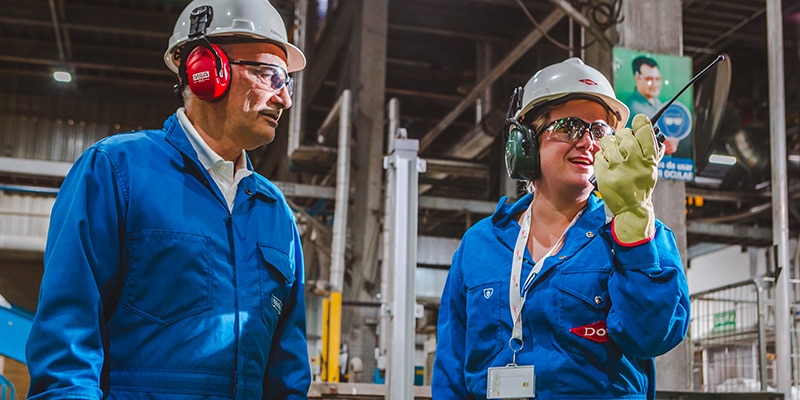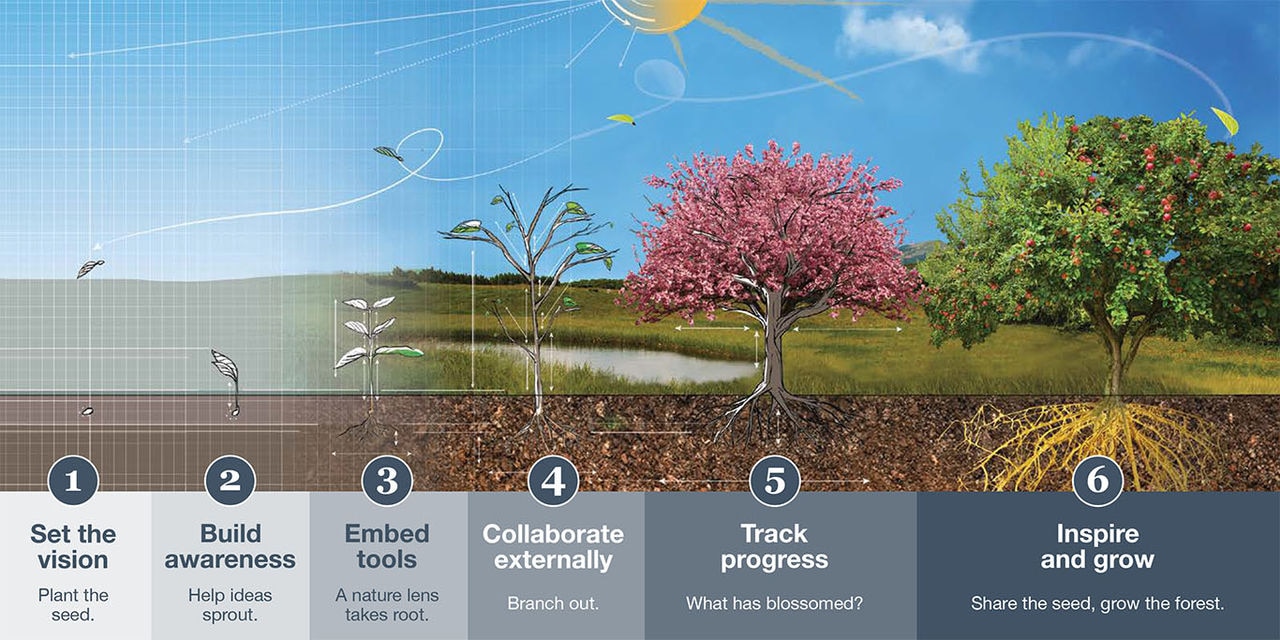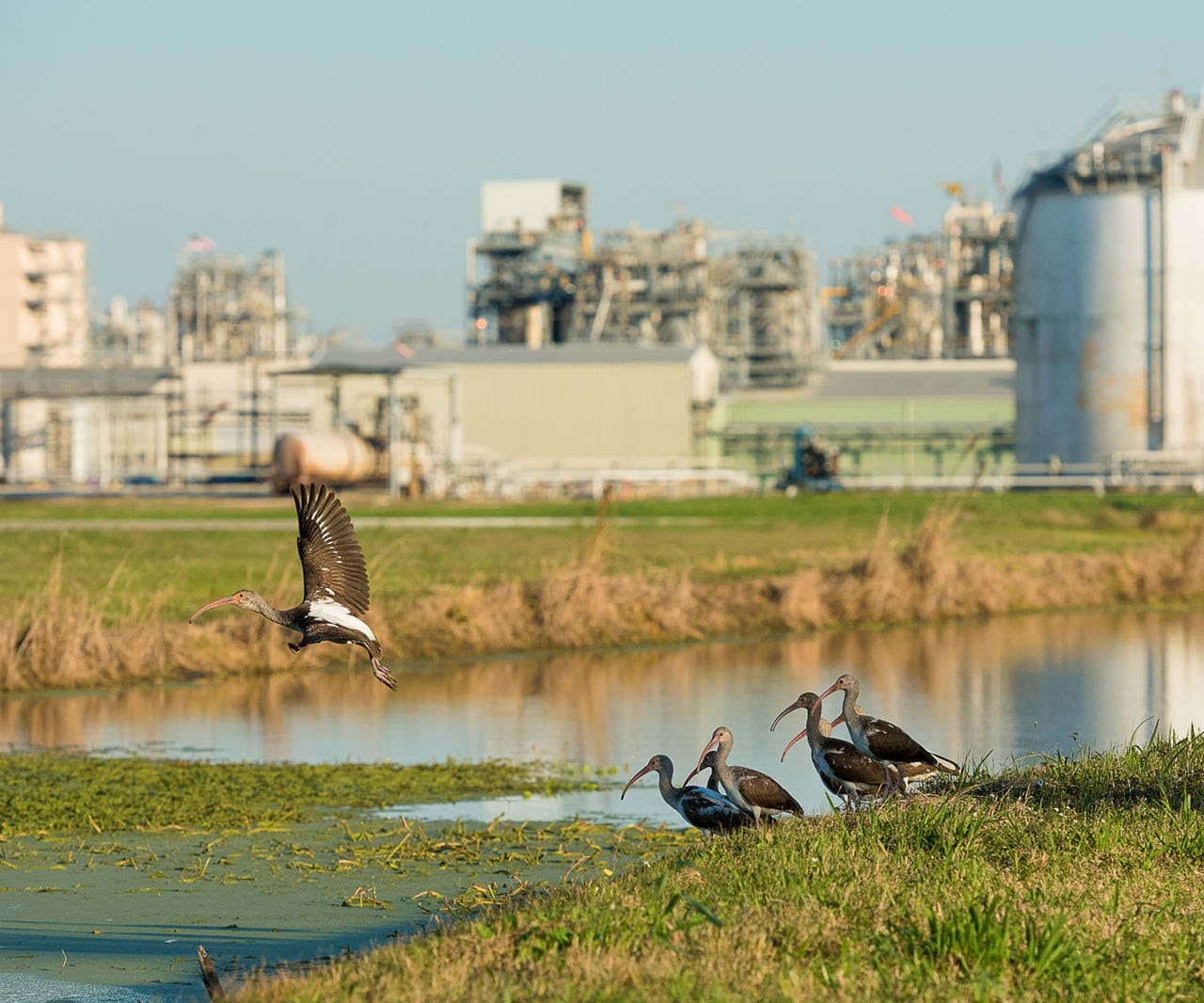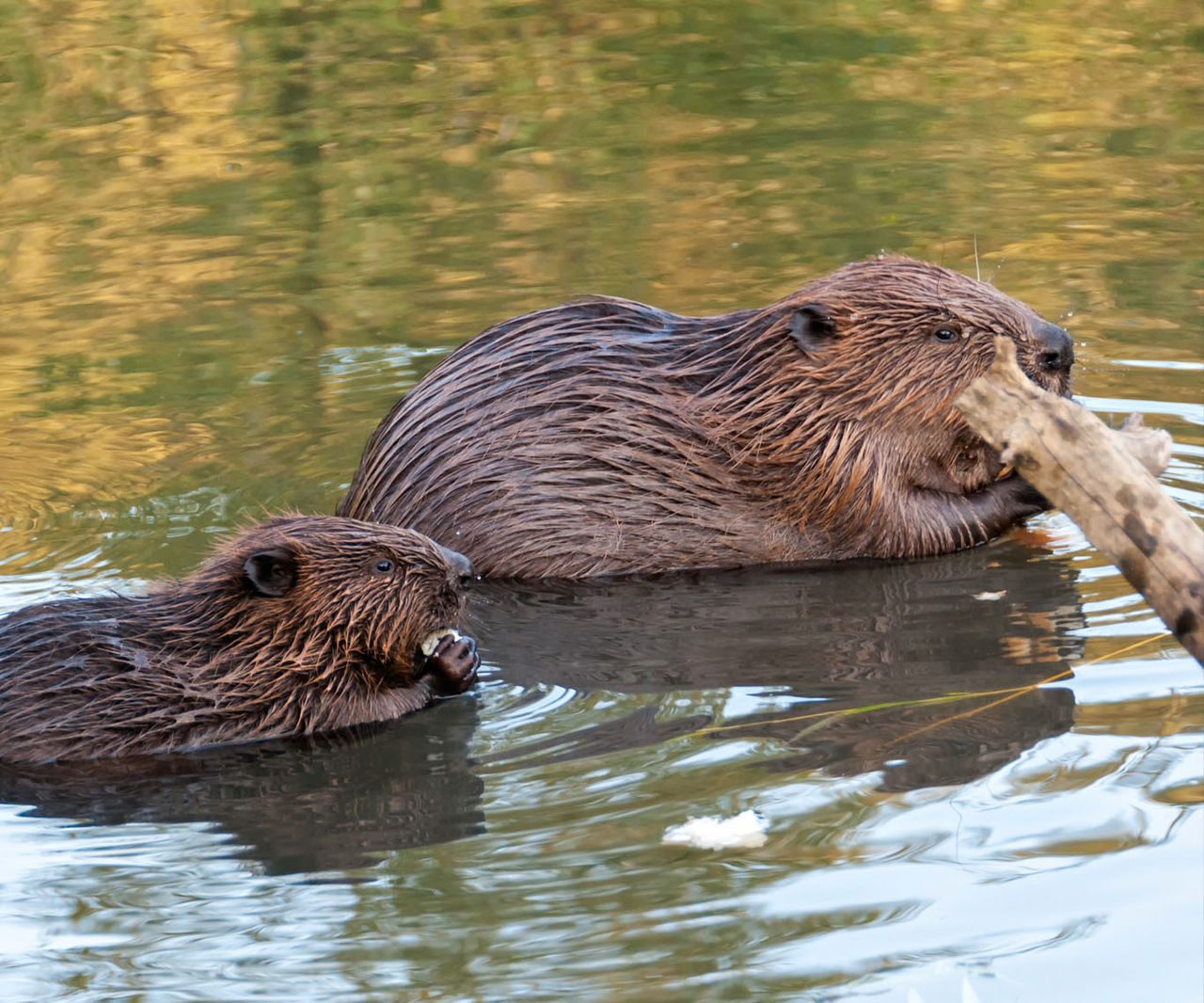Dow’s Valuing Nature Goal, part of its 2025 Sustainability Goals, sets out to achieve $1 billion in net present value through projects that are good for business and better for ecosystems. It is built on a simple premise: When a company makes a fully informed decision on how its operations rely on and affect nature, it can lead to better outcomes for business and conservation.
The Valuing Nature Blueprint outlines the six steps Dow used to build the business case for integrating nature conservation across the company and collaborating with others who share our vision. This blueprint shares that journey from planting the visionary seed to producing the seed for others to plant.












